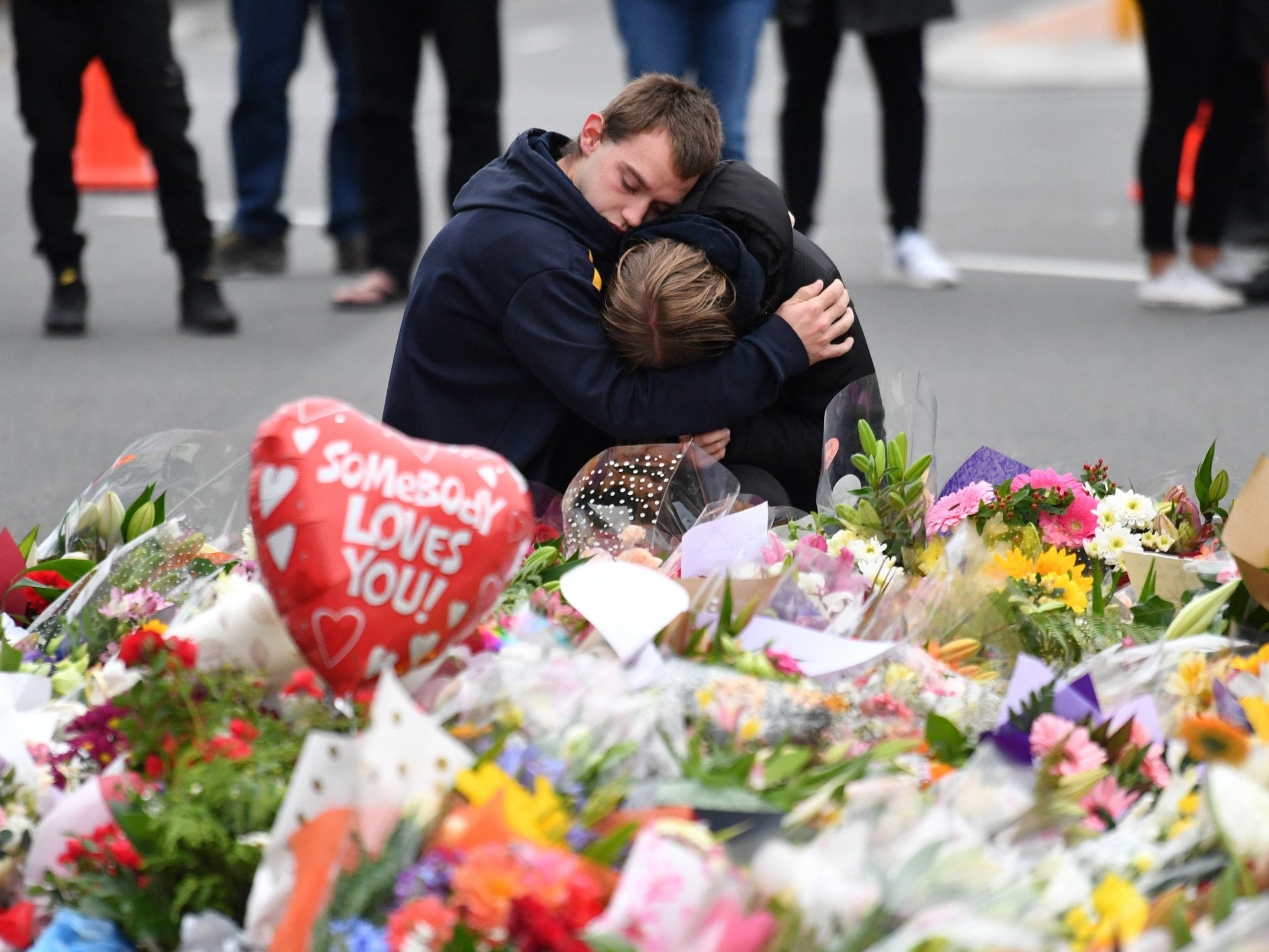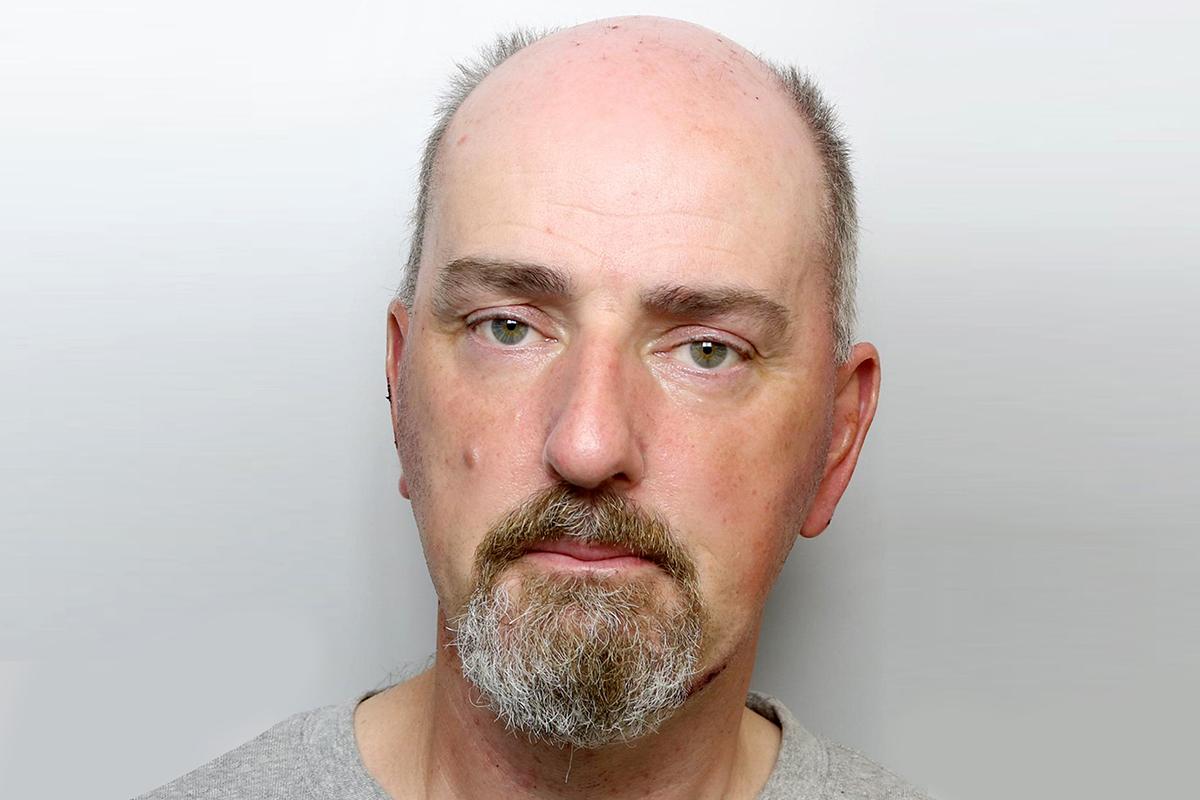Gun controls may make future UK terror attacks less deadly but not less likely
Analysis: The difficulty of obtaining guns in Britain makes a direct repeat of the Christchurch massacre unlikely, but low-tech attacks are harder for security services to spot, writes Lizzie Dearden

The security minister has rightly warned that an attack targeting mosques, similar to the massacre seen in Christchurch last week, could “absolutely happen here” in the UK.
Britain has suffered several recent terrorist atrocities, including the deadly targeting of Muslim worshippers in Finsbury Park in 2017, but none of the previous perpetrators has been able to obtain a gun.
Speaking to MPs on Monday, Ben Wallace said the government would consider new controls if necessary but that “the gun laws in this country make it much harder for people to acquire weapons that could wreak mass murder in a very quick time”.
“While I see many people considering those type of attacks, they have been unsuccessful in this country because they have simply not been able to get their hands on the type of weapons system we saw deployed in New Zealand,” he added.
“Our law enforcement will continue to target both legal acquisition of weapons by unsuitable people and illegal acquisition through smuggling.”
The National Ballistics Intelligence Service, Nabis, said border controls and strict gun licencing has made shootings rare in the UK.
Weapons that have been used used include air rifles, modified weapons and antiques, which criminals resort to because modern versions are so hard to purchase and import. In New Zealand, there are estimated to be 1.5 million guns legally held, some of which are semi-automatic.
Crimes involving firearms in Britain decreased by 5 per cent in the year to June, and police forces nationwide seize around 1,000 guns a year.
The National Crime Agency (NCA) told The Independent that 672 guns and 121 other firearms were seized in its own operations in 2017-18.
Investigators said the level of gun crime in the UK is among the lowest in the world, and mainly involves smuggled weapons or previously legal guns being stolen, diverted and modified in Britain.
Such was the case with the sawn-off shotgun used by far-right extremist Thomas Mair in his fatal attack on Labour MP Jo Cox.
He used a modified .22 Weihrauch bolt-action weapon, which is commonly used in pest control and had been stolen intact from its legal owner’s car months before the attack.
The absence of any DNA or fingerprints on the weapon, other than Mair’s, suggested it had been well cleaned to ensure that whoever stole it and cut down the barrel couldn’t be traced.

The NCA’s annual threat report said there was a strong crossover between flows of drugs and firearms that “protect and enable the wider criminal interests of organised crime groups”, rather than terrorists.
“There remains an ongoing supply of firearms into the UK from overseas,” investigators said. “Firearms converted, modified or reactivated constitute a sizeable proportion of the illicit market.”
Still, crime statistics for 2017-18 show that firearms were used in just 0.2 per cent of violent crimes in England and Wales – down from 0.8 per cent in 2003 – causing 30 deaths and 340 serious injuries.
Of more than 9,400 firearms used in the year – including to threaten and assault people – 2,900 were air weapons, 1,500 were imitations and 500 were in the “other” category that includes Tasers and CS gas.
A rifle of the power that alleged shooter Brenton Tarrant used to massacre 50 victims in mere minutes is almost impossible to get hold of in the UK.
As a result, terrorists have turned to homemade bombs, vehicles and knives to kill more than 40 victims in the five attacks that struck London and Manchester in 2017.
Security services are thankful that the deadly firepower used in the US and now New Zealand is harder to obtain in the UK – thanks in large part to the country being an island, into which weapons flows can be more easily controlled.
But the reliance on low-tech methods presents a different challenge, by making attack planning faster and harder to spot or intercept.
Assistant commissioner Neil Basu, head of UK counterterror policing, has warned that plots are being mounted in a “shortened timeframe” since the rise of low-tech vehicle and knife attacks.
He warned: “The period between the preparation and commission of such attacks has been massively reduced, and identifying the threat and intervening became much harder.”